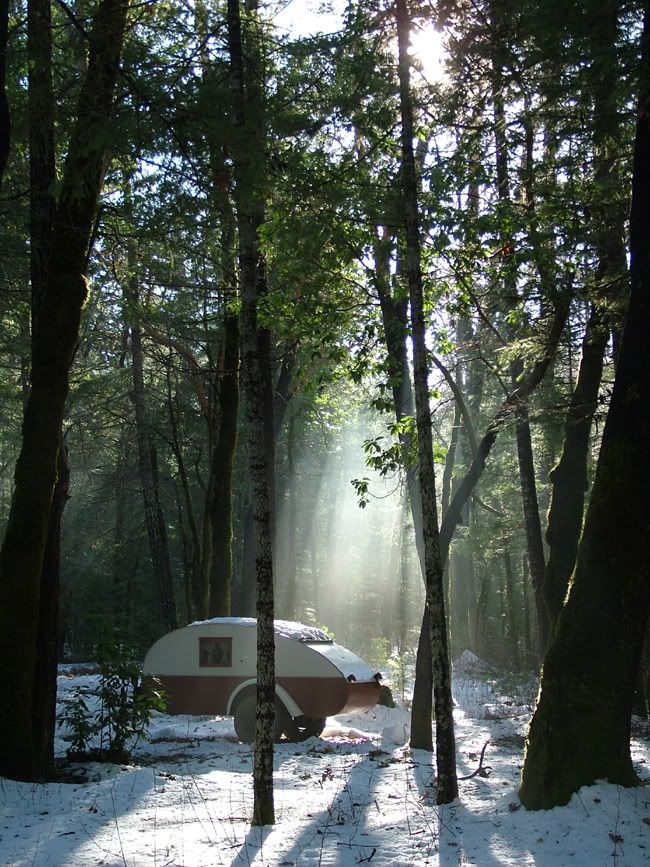750w Inverter. How much Draw?
27 posts
• Page 1 of 2 • 1, 2
750w Inverter. How much Draw?
I have a Black and Decker 750W inverter that I bought a few years ago. It's the same one pictured here:
http://www.amazon.com/Black-Decker-750W ... B000NRZIMA
Now, on the back it has input specs. I have a two part question, since I'm new to this and I am considering using this in my pending TD build.
1. Should I assume that the draw is variable dependent on the output that is required?
2. If the answer to 1 is yes, then how do i calculate my draw so I can have a better idea of how much battery I need to run certain things when not on shore power?
Basically, I'm wondering if I can run a fridge off of the thing and draw as little power as if I had a small 100-200w inverter.
http://www.amazon.com/Black-Decker-750W ... B000NRZIMA
Now, on the back it has input specs. I have a two part question, since I'm new to this and I am considering using this in my pending TD build.
1. Should I assume that the draw is variable dependent on the output that is required?
2. If the answer to 1 is yes, then how do i calculate my draw so I can have a better idea of how much battery I need to run certain things when not on shore power?
Basically, I'm wondering if I can run a fridge off of the thing and draw as little power as if I had a small 100-200w inverter.
-

Danno - Teardrop Advisor
- Posts: 51
- Images: 1
- Joined: Wed Apr 07, 2010 4:22 pm
- Location: Hamilton, IL
1. Should I assume that the draw is variable dependent on the output that is required?
Yes BUT an inverter has a certain level of inefficiency of something like 80% and unless it has a sleep mode it draws power even when it is not supplying any. see http://www.fieldlines.com/board/index.p ... 27523.html for a test.
Your load is not something that can be calculated with out some numbers, how big is the actual load in amp hours, how big is your battery...
My suggestion would be to go to http://www.wind-sun.com/ForumVB/index.php Lots of info
Yes BUT an inverter has a certain level of inefficiency of something like 80% and unless it has a sleep mode it draws power even when it is not supplying any. see http://www.fieldlines.com/board/index.p ... 27523.html for a test.
Your load is not something that can be calculated with out some numbers, how big is the actual load in amp hours, how big is your battery...
My suggestion would be to go to http://www.wind-sun.com/ForumVB/index.php Lots of info
-

Shadow Catcher - Donating Member
- Posts: 6008
- Images: 234
- Joined: Sat Apr 11, 2009 8:26 pm
- Location: Metamora, OH
